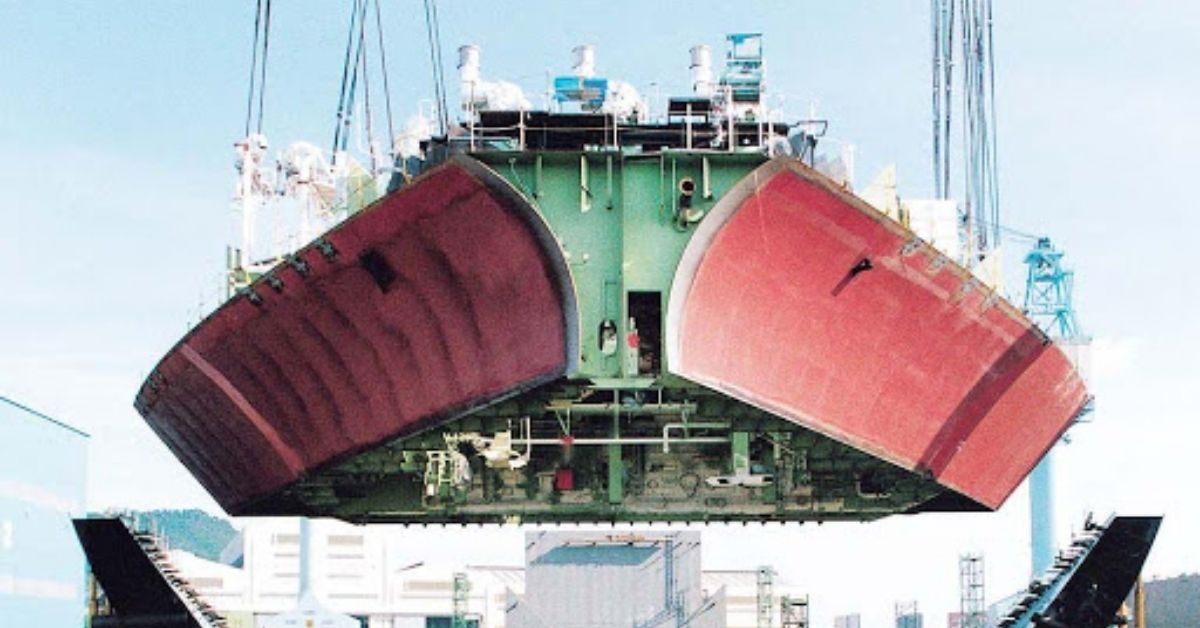Buoyant S&P and newbuilding markets are a result of the substantial profits achieved by the liner operators during 2020, in what was an unexpected turnaround by the lines from the first six months of the year to the second half.
In addition, a lack available charter tonnage has continued to push second-hand asset values ever higher with a number of negotiations ongoing at levels considerably higher than last done, according to ship broker Braemar ACM.
Container ship newbuilding orders have increased substantially, so far this year Braemar estimates that 580,000TEU of capacity has been contracted up to mid-February, consisting of 58 ships. On average each ship will be 10,000TEU at that rate.
“During the same period in 2020, just six ships were ordered. We expect the strong interest in container ship newbuilding investment to be maintained throughout 2021,” said container trade and shipping analyst for Braemar, Jonathan Roach.
Greek shipbrokers, Allied Shipping Research seem optimistic for the newbuilding sector in the near future, pointing out that, “with the containership sector also indicating rather robust signs at this point, we may well expect a relatively vivid newbuilding market to emerge over the following weeks.”
Another knock-on effect of the demand surge in major economies has been that charter earnings continue to strengthen, with the length of charter periods also rising, today, 24 months has become ‘normal’ from traditional-Panamax and above. As of mid-February 2021, Braemar’s container ship time charter index (BOXi) reached 150 points, the highest for 12 years.
Braemar concluded that the idle fleet remains low and there is no prospect of a weakening in earnings in the short-term. 1,700TEU types were achieving US$14,000—15,000/day, up US$2,000/day since the beginning of 2021. While 2,800TEU vessels increased to US$23,000/day from US$18,000/day on 1 January. Shortages of traditional-Panamaxes have pushed 12-month charter rates to US$29,000/day from US$24,000/day on 1 January 2021.
Demolition rates have also tumbled from very low to just about happening with 12 ships scrapped last year in the first two months, a total capacity of 24,000TEU, this year just three small feeders have been demolished in the same period.
“We are not expecting a pick-up in container ship demolition while earnings remain so strong,” added Roach.
As a result of the ordering spree, Maersk Line’s domination in terms of TEU capacity will come to an end in the coming years with its 2M Alliance partner, MSC, aiming to take over the mantle of the world’s largest container liner company.
This has been driven by a number of second-hand acquisitions as well as the newbuilding plans of the company for a couple of 24,000TEU vessels.
At the time of writing Maersk remains the largest container carrier by TEU capacity ranking with 4.12 million TEU, which represents 16.9% of the global capacity and MSC follows with 3.87 million TEU, which translates to 15.9% of the overall capacity, according to Alphaliner, but with new orders, the lead will change hands after more than two decades.
Braemar reported in its latest weekly container briefing that MSC has bought three additional feeder ships over the past week, the 1,860TEU Acacia Makato from Chinese owners, the 1,728TEU Voronezh from Fesco for a reported price of US$9 million and the 1,732TEU RHL Aurora from German owners.
Source: Container News








